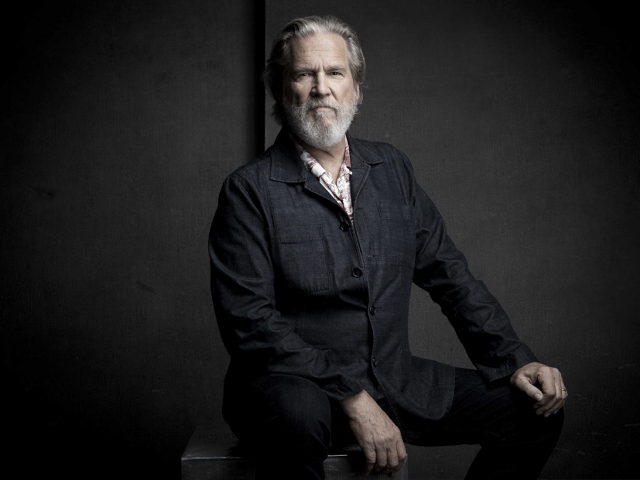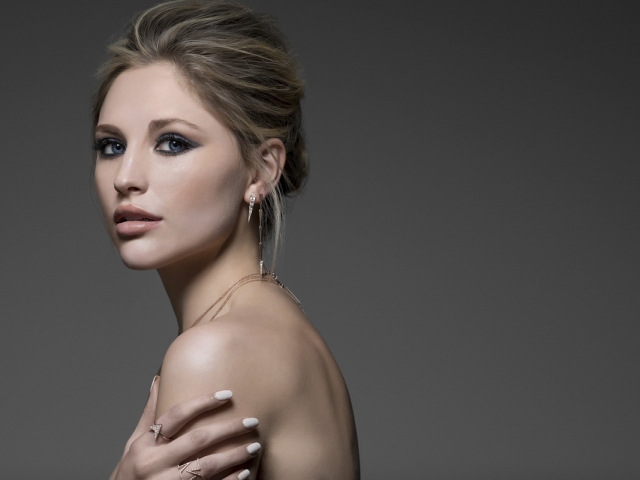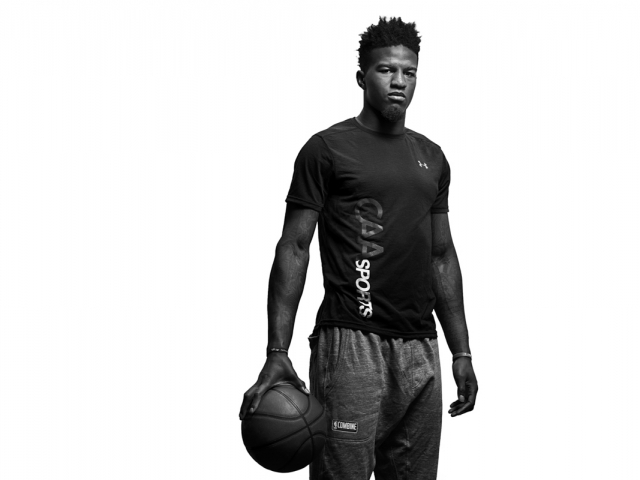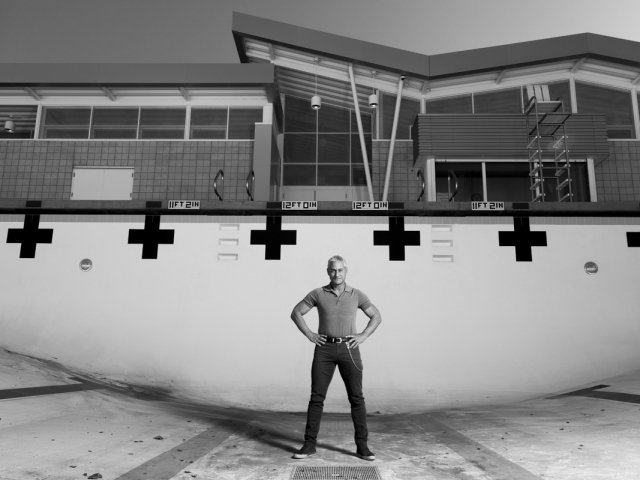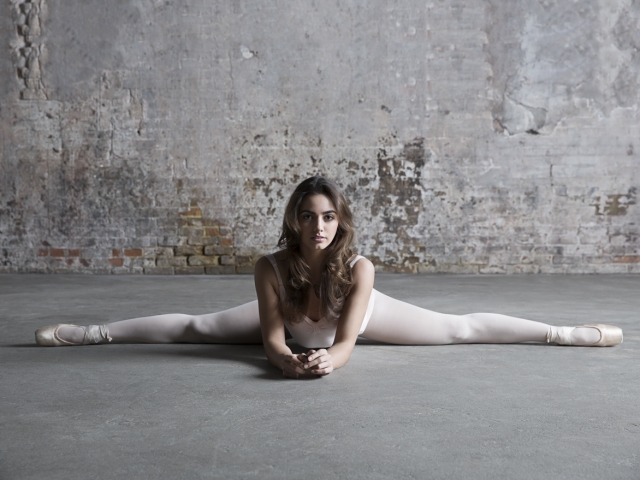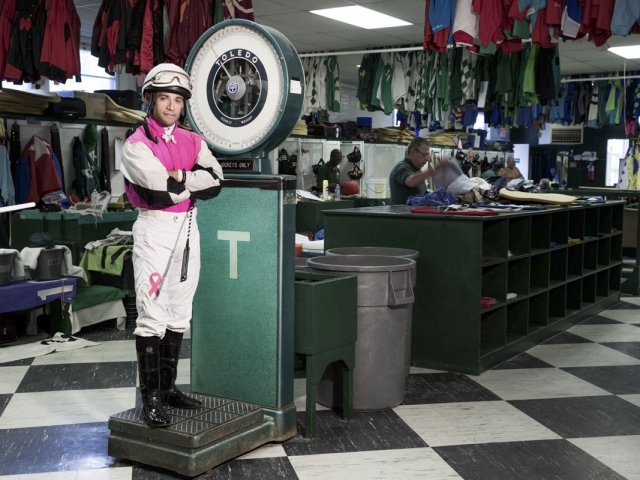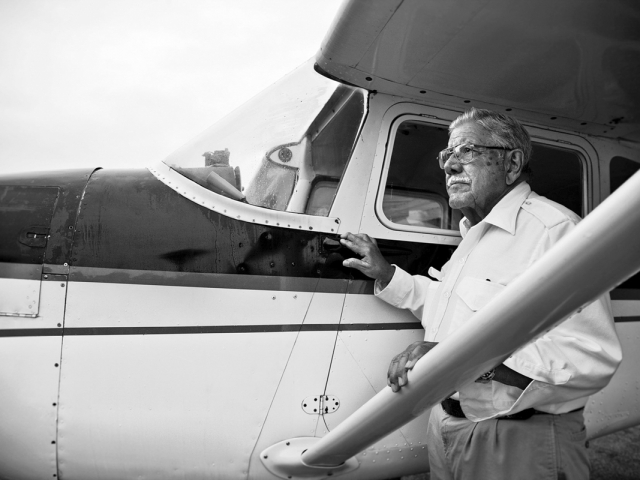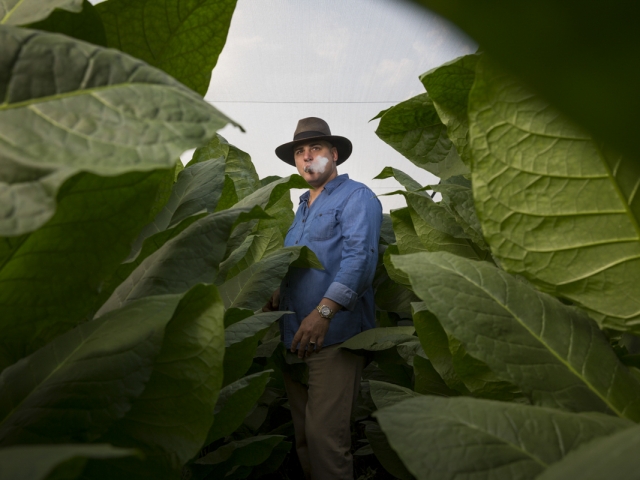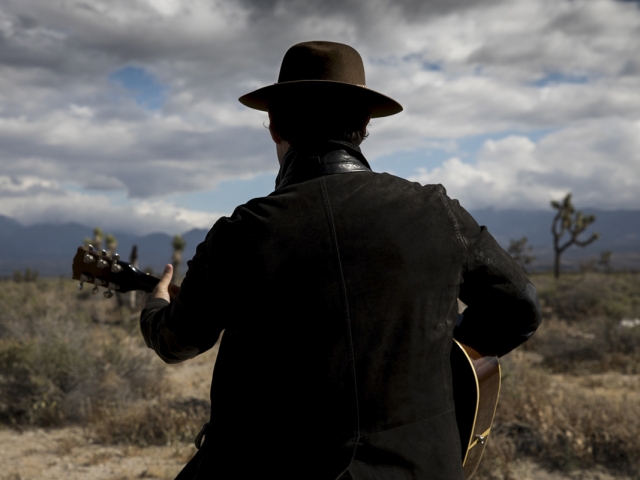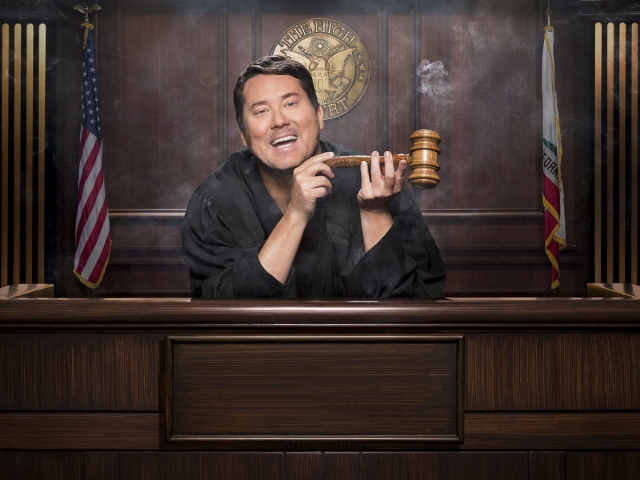Ian Spanier

About
Ian Spanier began making photographs at six years old when his parents gave him his first point and shoot camera. After majoring in photography in college, Spanier worked in publishing as an editor, but making pictures never left him. Having only known 35mm, he taught himself medium and large format as well as lighting.
Ian’s first full book of published work was Playboy, a Guide to Cigars, which arrived in cigar shops November 2009. His second book project, Local Heroes: America’s Volunteer Fire Fighters, came out to critical acclaim in the Fall of 2012. His personal project, “Right Next Door,” has been featured on Huffingtonpost.com as well as The Daily Mail and his latest project, MoTo is now a multi-award winning series. 2023 featured, Arturo Fuente: From 1912 by Assouline books, a two-book series that features all of Ian’s images in their highly touted luxury “Impossible Collection.” Up next for Ian is another cigar book, Cigars: A Biography, featuring nearly two decades of Ian’s work in the cigar industry released to critical acclaim in March 2025.
Ian is a Westcott Lighting “Top Pro,” as well as a Brand Ambassador for Spider Holster, Tether Tools, OWC, CamRanger, ThinkTank, Hoodman USA, True Classics, his added affiliations with V-Flat World and Sekonic bolster his reputation as an expert in his field. He lectures and creates video content regularly for Canon, B&H Photo, and PPA.
The original “Masters of Photography” have always inspired Spanier as they shot what they saw. For him, there is no “one” subject that he photographs; he also chooses to shoot what he sees.
Although he works anywhere and everywhere, Spanier left NY for the sunny coast, and now lives in Los Angeles, Ca.
Gallery
LACP Interviews Ian Spanier
LACP asks Ian Spanier ten questions about his background, career in and beliefs about photography.
Los Angeles Center of Photography: What kind of photographer are you?
Ian Spanier: I make my living as a portrait photographer of both celebrity and “real” people- that said, I am a photographer first and foremost. Along with portraits, I shoot sport & fitness- but ultimately, I consider myself a portrait photographer. I’ve always believed that a photographer shoots what they see. Commercially, there’s a need to fall into categories, so I have made a focus on portraits. In the past I have shot everything from Still Life to Fashion, Travel and Reportage. These experiences have helped me wear many hats when needed and not be limited.
LACP: How long have you been shooting?
IS: I’ve had a camera since I was six years old, and professionally-speaking, have been shooting for 24 years now.
LACP: Where did you get your training?
IS: Although I majored in Art & Psychology with a concentration in Photography, I consider that I am mostly self-taught in lighting, medium and large formats, Photoshop and Lightroom.
LACP: When did you know you wanted to devote your life to photography?
IS: I have tried for most of my life trying to not be a photographer. I went to college thinking I would work in sports medicine only to find myself in the darkroom more than the training room. After school, I decided to work as a photo editor in magazines only to find my abilities with a camera would have a parallel career while I worked my way through the ranks at various magazines. Ultimately, I found that I could shoot the jobs I was assigning, and I began to shift to shooting fulltime. As fate would have it, my last fulltime job as a Staff Photographer for a media company changed when the company went Chapter 7, this provided the much needed push out of the nest.
LACP: Did you ever come close to giving up?
IS: I think all photographers suffer from self-doubt and fear they won’t survive in their chosen career. I truly feel that the flexibility to adapt with the market as it changes keeps you fresh and fights the frustrations we face.
LACP: Have you sacrificed anything by being a photographer?
IS: Sacrifice is a part of being an artist: Often there are long hours, travel, difficult clients, deadlines and lots of variables are no doubt a part of being a career photographer. I like to view these as challenges- not problems.
LACP: What have you gained by being a photographer?
IS: I think what I have gained most is the ability to do what I love for a career. I know how rare that is- and any day shooting is not work, it’s living.
LACP: What classes do you teach at LACP?
IS: Portrait Lighting on Location.
LACP: What do you love most about teaching?
IS: I never thought I’d step out from behind the camera to work with other photographers- but I really enjoy sharing my experiences with others. As a photo editor, I found that I loved working with advanced and young photographers alike. As a photographer, I have always tried to help assistants wherever and however I could. Extending that to new and advanced photographers thru lectures and hand-on experiences was a natural progression.
LACP: What advice would you give someone who is thinking about making a career in photography?
IS: To quote the great Harry Benson, “Go buy a guitar.” Granted he said that before the music industry went where it’s gone these days. More seriously, I have always told photographers the same thing. Shoot, shoot and shoot. Practice your craft to become an expert, that’s how the greats become great.
